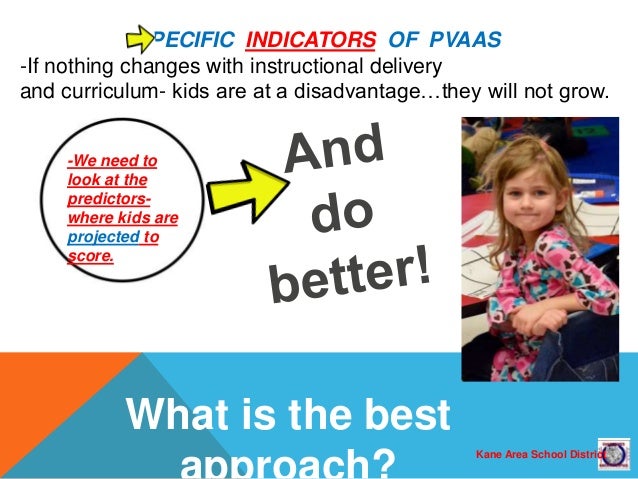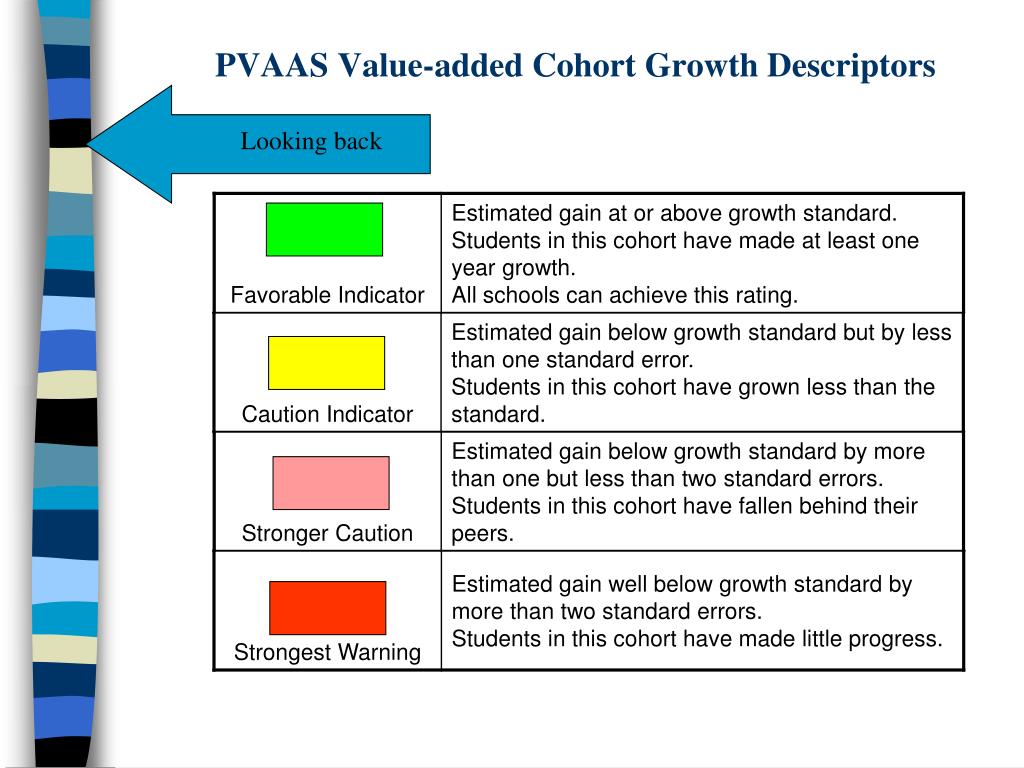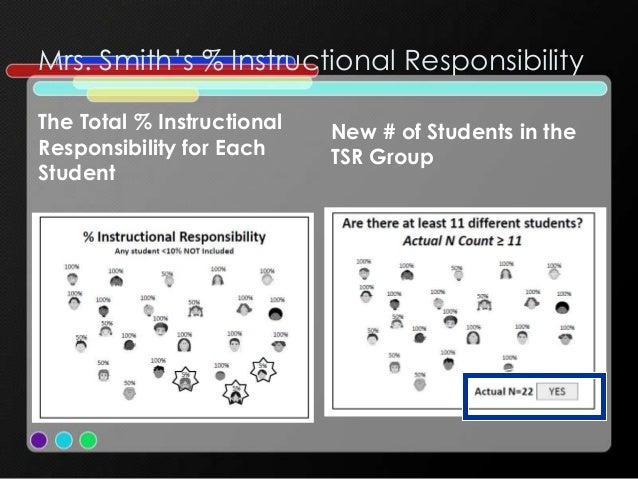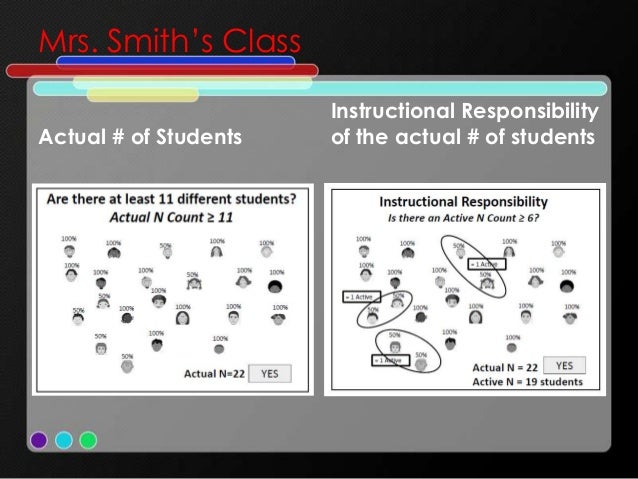

Cost savings: IaaS eliminates the need for businesses to invest in and maintain their own hardware, reducing capital expenses.Flexibility: IaaS offers businesses the flexibility to scale resources up or down as needed.In order to understand these cloud computing service models better, it’s essential to make a note of their pros and cons. Integration: SaaS applications often integrate with other cloud services, streamlining workflows and data sharing.Subscription-based pricing: SaaS typically uses a subscription pricing model, allowing businesses to pay for only the features they need.
#PVAAS SAS SOFTWARE#

Collaboration: PaaS enables developers to collaborate on projects more easily, as they can access the same tools and resources from anywhere.


With SaaS, users can access software applications through a web browser, eliminating the need for installing and maintaining software on individual devices. SaaS (Software as a Service) is a cloud computing service model that delivers software applications over the Internet. This model allows businesses to focus on developing their applications while the PaaS provider takes care of infrastructure management. PaaS includes tools, libraries, and services that enable developers to create and manage applications more efficiently. PaaS (Platform as a Service) is a cloud computing service model that provides a platform for developers to build, test, and deploy applications without worrying about the underlying infrastructure.
#PVAAS SAS CODE#
IaaS is highly scalable and allows businesses to purchase resources on-demand, making it an ideal solution for temporary, experimental, or changing workloads.Īlso, read: Infrastructure as Code (IaC): A Beginner’s Guide 2023 What is PaaS? In this model, a third-party provider hosts hardware, software, servers, storage, and other infrastructure components on behalf of its users. IaaS (Infrastructure as a Service) is a cloud computing service model that provides virtualized computing resources over the internet. IaaS vs PaaS vs SaaS: When to Use IaaS, PaaS, and SaaS? IaaS vs PaaS vs SaaS: Use Cases and Examples We will also discuss when to use each service to help you make informed decisions for your business. In this blog post, we will explore the key differences between IaaS, PaaS, and SaaS, their key characteristics, pros and cons, use cases, key differences, and examples. These cloud computing service models provide organizations with cost-effective, scalable, and flexible solutions that can be tailored to their specific needs. IaaS vs PaaS vs SaaS: What’s the difference? IaaS, PaaS, and SaaS have gained tremendous popularity in recent years owing to the benefits they offer businesses of all sizes.


 0 kommentar(er)
0 kommentar(er)
